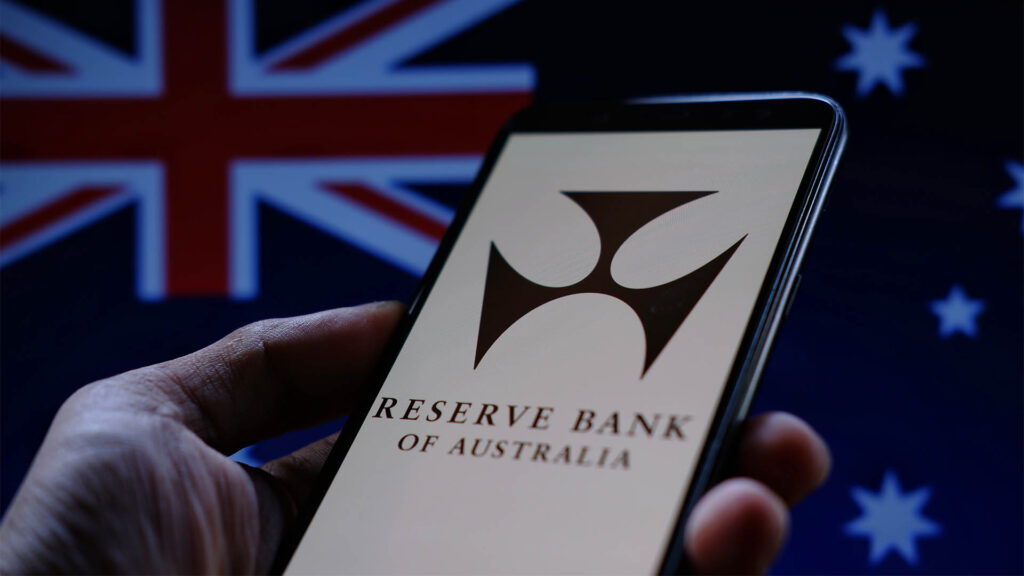No rate rise is expected from the Reserve Bank for most of this year after inflation picked up in the three months to March 31, thanks to another surge in housing costs and the usual start-of-year jump in education-related charges.
The Consumer Price Index (CPI) rose a much stronger 1.0% in the March 2024 quarter and 3.6% from a year ago, according to the Australian Bureau of Statistics (ABS).
The annual rate was down from just over 4% in the December quarter.
At the same time, the monthly inflation indicator for March rose to an annual 3.5% from the 3.4% reported for both January and February.
The 1% rise was larger than the 0.6% rise in the December quarter and above forecasts for a rise of around 0.8% quarter-on-quarter.
Economists had been looking at inflation for the year coming in around 3.4%.
But while prices continued to rise for most goods and services in the quarter, annual CPI inflation was down from 4.1% last quarter and has fallen from the peak of 7.8% in December 2022.
The ABS said the most significant contributors to the March quarter rise were Education (+5.9%), Health (+2.8%), Housing (+0.7%), and Food and non-alcoholic beverages (+0.9%).
Food and non-alcoholic beverage prices rose thanks to higher prices for Non-alcoholic beverages (+3.4%), Fruit and vegetables (+2.5%), and Food products not elsewhere classified (+1.9%). That was partially offset by a price fall for Meat and seafood of 0.7%.
“Meat and seafood prices fell this quarter as increased supply and discounting led to price drops for beef and veal and lamb and goat.”
ABS head of price statistics, Michelle Marquardt, said annual inflation was driven by Housing (+4.9%), Food and non-alcoholic beverages (+3.8%), and Alcohol and tobacco (+6.3%).
Annual trimmed mean inflation was 4.0%, down from 4.2% in the December quarter.
“This is the fifth quarter in a row of lower annual trimmed mean inflation, down from the peak of 6.8% in the December 2022 quarter,” Ms. Marquardt said.
In commentary, Moody’s Analytics said Australia is joining a growing list of economies “that are proving the final mile of bringing down inflation is the hardest.”
“Having sprinted lower in the back end of 2023, headline inflation is struggling to keep that momentum going. In March, inflation ticked up to 3.5% y/y from 3.4% in January and February. That uptick moderated progress across the full March quarter; we and the markets had expected inflation to ease to 3.4% from 4.1%. Instead, inflation came in much higher at 3.6%.
“Service inflation is the main culprit holding back progress. Insurance premiums jumped by their most in 23 years, rents grew at their fastest annual pace face since 2009, and education fees saw their largest quarterly rise in 12 years. All in all, it was a record-breaking quarter—for all the wrong reasons.”
“Inflation will keep easing from here, but progress will be slow. From 3.6% in the March quarter, we see inflation ending the year at 3.2% and returning to the top of the Reserve Bank of Australia’s target band of 2% to 3% in the first half of 2025,” Moody’s Analytics forecast.
Moody’s Analytics thinks the rate cut is now possibly back to November instead of earlier forecasts for a September cut.
“Looming stage-three tax cuts due to start in July will keep the RBA on its toes; those tax cuts will add money to the economy at the same time the RBA is trying to take it out.
“What’s more, a chunk of progress on inflation has come from temporary government rebates that will eventually unwind. Those aren’t dealbreakers for the RBA, but they will delay rate cuts.
“We had expected the first rate cut to come in September. Increasingly, it’s looking like we’ll have to wait until November.”

